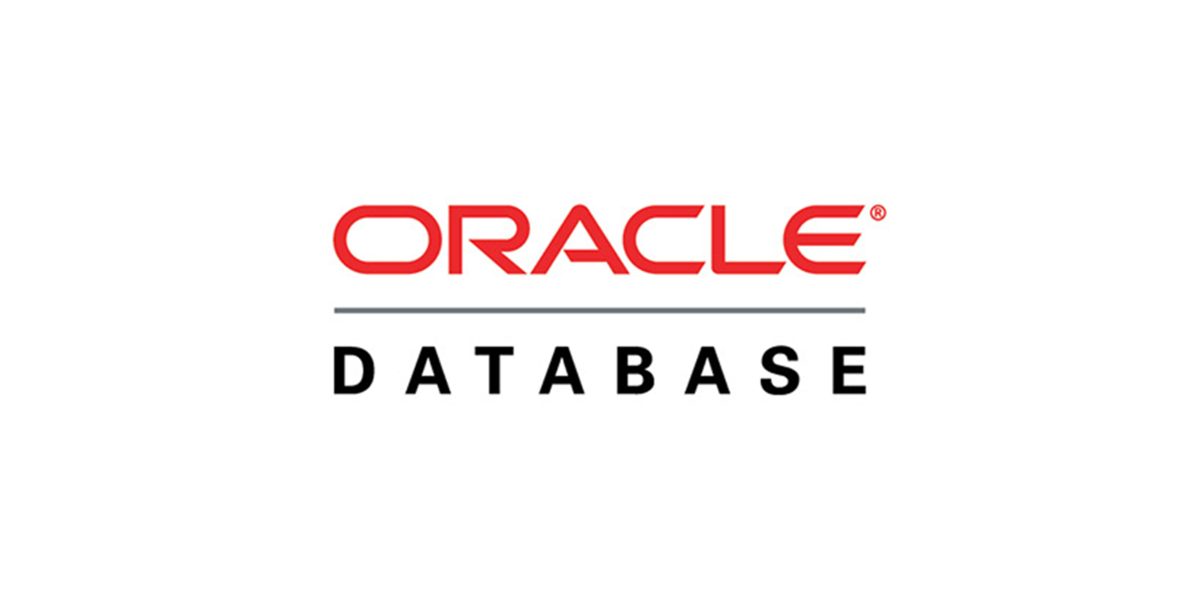
- Duration: 8 days
Course overview
Learning the SQL language is one of the most basic tasks required for the use of a relational database. SQL proficiency is essential for business users, database developers, database administrators and any other database professional. This course introduces the basics of the SQL language and the Oracle Relational Database Management System (RDBMS). One will become acquainted with the differences in the working environment between a traditional on-premise database installation and the Oracle database service cloud-computing platform. This course also considers intermediate-level SQL topics such as writing database queries using the SQL-99 syntax and exploiting the power of built-in functions that extend the capabilities of SQL.
Since SQL is an industry standard language, many of the topics presented and many of the skills you will acquire will be applicable to other database platforms, such as Microsoft SQL Server, IBM DB2, the open-source databases MySQL and PostgreSQL, and others.
This course takes a unique approach to SQL training in that it incorporates data modeling theory, relational database theory, graphical depictions of theoretical concepts and numerous examples of actual SQL syntax into one learning vehicle.
You will learn how to complete of an application schema definition by creating database objects such as relational views, sequences, synonyms, indexes and others to compliment the table definitions. The crucial topic of data integrity and how this is protected using declarative constraints is covered.
With this course we will also leave the idyllic realm of the learning environment and begin to explore such practical real-world considerations as database object security and database performance.
This course content is applicable to versions 12c, 18c, and 19c.
Course Objective
The first portion of this course considers the logical models upon which a relational database is based and the various configurations and environments in which you may work with the Oracle database. The next segment focuses on the actual SQL syntax for writing database queries. You will begin with the simplest of queries and then proceed onto moderately complex query scenarios. Finally, this textbook covers the DDL, DML and transaction control portions of the SQL language that allow one to create, maintain and manipulate application database objects and application data.
This course also demonstrates how one can build intermediate-level and even advanced queries using the SQL-99 join syntax, along with other advanced query topics. It also considers both ANSI/ISO and native Oracle SQL built-in functions and the tremendous power that functions offer to SQL operations. It is difficult for one to use SQL within a production environment without liberal use of the built-in functions. Among many other tasks, the built-in functions allow one to move beyond the use of primitive date data types and values to include timestamps, time zones and to address other realistic date and time challenges. Finally, attention is given to how one completes an application schema by creating database objects to compliment table definitions. One cannot implement a production database application simply with table and column definitions but needs to create and manage views, indexes, constraints and other object types.
Course Content
Relational Databases & Data Models
Selection & Setup of The Database Interface
Using the Database Interface
Introduction to The Sql Language
The Select Statement
Restricting Results with The Where Clause
Sorting Data with The Order by Clause
Pseudo Columns, Functions & Top-N Queries
Joining Tables
Using the Set Operators
Summary Functions
Using Sub-Queries
Aggregating Data Within Groups
Use Ddl To Create & Manage Tables
Use Dml To Manipulate Data
Understanding The Data Models
About The Sql-99 Standard
Enhancing Groups With Rollup & Cube
Using The Case Expression
Sql Functions: Character Handling
Sql Functions: Numeric Handling
Sql Functions: Date Handling
Database Objects: About Database Objects
Database Objects: Relational Views
Database Objects: Indexes
Database Objects: Creating Other Objects
Create Schema Authorization
Database Objects: Object Management Using Ddl
Database Objects: Security
Data Integrity Using Constraints
Target Audience
The target audience for this course is all Oracle professionals, both business and systems professionals. Among the specific groups for whom this course will be helpful are:
• Business and non-IT professionals
• Application designers and database developers
• Business Intelligence (BI) analysts and consumers
• Database administrators
• Web server administrators
Training Methodology
State-of-the-art business facilitation methods are transferred by means of short, focused presentations which are followed by experiential learning workshop sessions. In these sessions, the knowledge gained is applied to real-world examples and case studies. Rapid learning of the methods and techniques is achieved by means of group work, individual work, participant discussion, facilitator interaction and constructive feedback.
WHY STUDY WITH US?
Diamond Training Institute give you the opportunity to further your education and acquire the knowledge and skills that are relevant in the workplace.
ON-TRACK FOR GROWTH
The individual leaves this course with a Personal Action Plan to encourage immediate transfer of training to the job.
EVALUATION TO ENSURE CONSISTENT QUALITY
All our courses are evaluated at Kirkpatrick’s Reaction and Learning levels as part of our quality control process.
Download Course Outline Here





